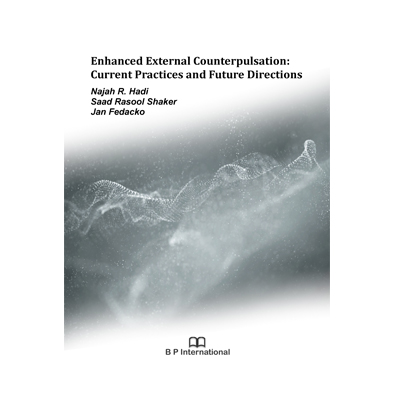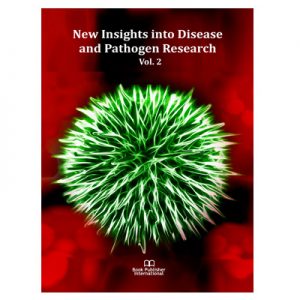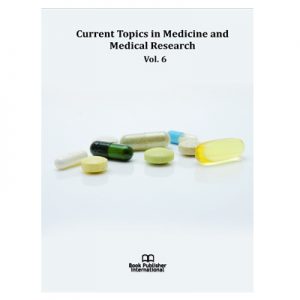Treatment of ischemic heart disease (IHD) has moved on gradually from the use of simple vasodilator nitrates to complex multiple medications and interventional procedures including coronary artery bypass graft (CABG) and percutaneous coronary intervention (PCI). Current treatments for IHD are able to decrease the incidence of morbidity and mortality in many patients. The concept of increasing the aortic diastolic pressure increase coronary perfusion pressure and blood flow was first introduced in USA by Kantrowitz in 1953. He showed in an animal study that, if coronary arteries are perfused at elevated pressure during diastole the coronary blood flow can be increased by 20-40%. This concept of Counterpulsation leads to development of invasive Intra-aortic balloon pump (IABP) Counterpulsation and non-Invasive Enhanced External (EECP) Counterpulsation. Initial equipment for non-Invasive Counterpulsation was hydraulic driven with a single water filled bladder applied in the lower limb. In 1975 air driven pneumatic EECP system was developed. Several studies on MI and Cardiogenic shock were reported during the 1970’s.This book has been written with the basic concept of Enhanced External Counterpulsation (EECP) therapy. EECP therapy is approved by USA FDA for stable Angina, heart failure (HF), cardiogenic shock and acute myocardial infarction (MI). The treatment is widely used for the first two indications angina and heart failure and there are more than 150 papers published in peer reviewed medical journals support its uses in these selected group of patients. Enhanced external counterpulsation (EECP) has been shown to reduce angina and to improve objective measures of myocardial ischemia in patients with refractory angina. Prospective clinical studies and large treatment registries suggest that a course of EECP is associated with prolongation of the time to exercise-induced ST-segment depression and resolution of myocardial perfusion defects, as well as with enhanced exercise tolerance and quality of life. With a growing knowledge base supporting the safety and beneficial clinical effects associated with EECP, this therapy can be considered a valuable treatment option, particularly in patients who have exhausted traditional revascularization methods and yet remain symptomatic despite optimal medical care. However, although the concept of external counterpulsation was introduced almost four decades ago, and despite growing evidence supporting the clinical benefit and safety of this therapeutic modality, little is firmly established regarding the mechanisms responsible for the beneficial effects associated with this technique. Suggested mechanisms contributing to the clinical benefit of EECP include improvement in endothelial function, promotion of coronary collateralization, enhancement of ventricular function, and peripheral effects similar to those observed with regular physical exercise.Enhanced external counterpulsation (EECP) is a noninvasive outpatient therapy for the treatment of chronic angina. EECP treatment produces an acute hemodynamic effect that is similar to that produced by the invasive intra-aortic balloon pump. Three sets of cuffs on the upper thigh, lower thigh, and calves of each leg are inflated with compressed air during the diastolic phase of the cardiac cycle and are deflated in early systole. This rapid inflation and deflation raises diastolic aortic pressure, increases coronary perfusion pressure, and provides improved after load reduction and increased venous return with a subsequent increase in cardiac output. Enhanced external counterpulsation has been shown to provide long-term symptom relief in patients with ischemic heart disease in several case series, as well as in a randomized trial. Up to 80% of patients selected for treatment have a positive clinical response, and an associated objective improvement has been demonstrated by functional imaging in several case series. A treatment course consists of 35 1-hour sessions over a 7-week period and is generally well tolerated with a low risk of adverse events. Development and enhancement of collateral channels, as well as peripheral conditioning and neuro humoral effects, may play a role in providing symptomatic relief. Studies are ongoing to determine the mechanism of action and to further define subsets of patients who might benefit.
Enhanced External Counterpulsation: Current Practices and Future Directions
Najah R. Hadi
Faculty of Medicine, University of Kufa, Iraq.
Saad Rasool Shaker
Alzahra Teaching Hospital, Alnajaf Health Directorate, Iraq.
Jan Fedacko
Pavol Jozef Šafárik University, Košice Faculty of Medicine, Slovakia.
Book Details
| Author(s) | Najah R. Hadi |
|---|---|
| Pages | 64 |
| Publisher | B P International |
| Language | English |
| ISBN-13 (15) | 978-93-5547-295-3 (Print) |
| Published | November 29, 2021 |





